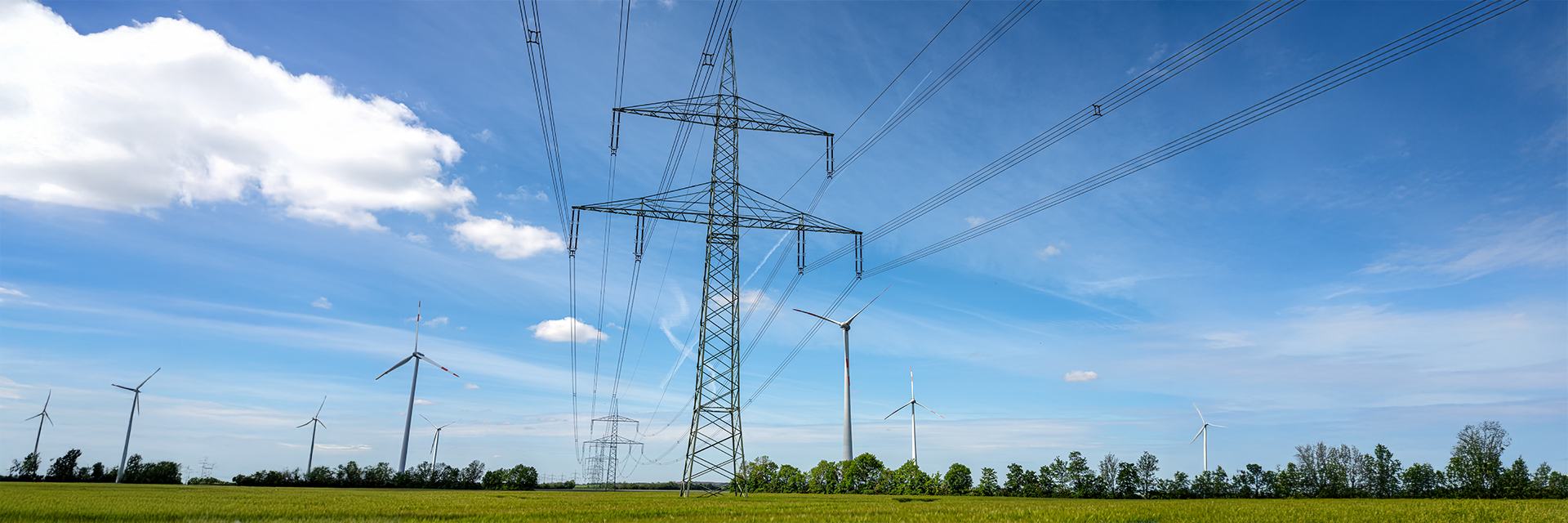
BRP – Balancing Responsible Party
As a BRP, Scholt Energy is responsible for forecasting and nominating the electricity consumption and/or production of our clients to the Dutch transmission system operator TenneT. Based on our forecasts, TenneT determines the national capacity requirement each day. We also manage the daily buying and selling of electricity on wholesale markets to keep consumption and production in balance at the portfolio level.
In practice, actual consumption or production almost always deviates from forecasts. The BRP is then settled via the imbalance market.
In the Netherlands, balance responsibility is regulated by law: every connection to the electricity grid must be assigned to a BRP, either directly or through a larger energy supplier. This BRP must meet strict requirements as laid out in the Electricity Grid Code by regulator ACM. Within its own portfolio, the BRP is responsible for continuously synchronizing supply and demand.
At Scholt Energy, we take on this responsibility ourselves, so our clients don’t have to worry about it. In doing so, they indirectly contribute to a reliable and stable energy system — even as the energy market becomes increasingly dynamic due to the unpredictability of renewable sources.
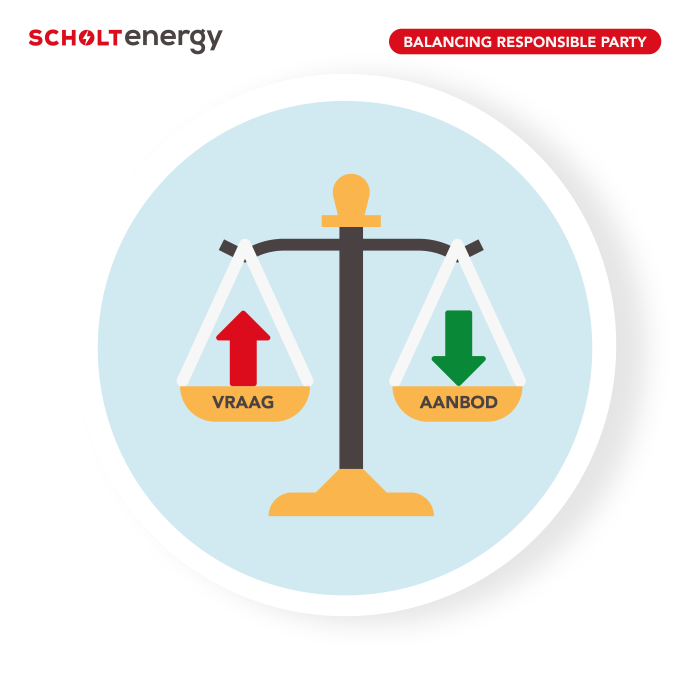
Secure your energy at the right time and price with our proven purchasing model.
How we manage energy purchasingBSP – Balancing Service Provider
Even when all BRPs do their job well — accurately forecasting and nominating consumption and/or production — the grid can still fall out of balance. This can happen, for instance, due to an unexpected surge or drop in demand, or the sudden failure of a power plant.
In such cases, grid operator TenneT relies on balancing services to maintain the grid frequency around 50 Hz. As a BSP, Scholt Energy facilitates access to these balancing markets:
-
FCR (Frequency Containment Reserve): responds automatically within seconds to small frequency deviations.
-
aFRR (Automatic Frequency Restoration Reserve): kicks in within minutes to address ongoing imbalances.
-
mFRR (Manual Frequency Restoration Reserve): is manually activated for larger or prolonged disturbances and can be used for longer durations.
Scholt Energy enables clients to offer flexible capacity to these markets — for example through battery pools or by registering a solar or wind farm for emergency power. This helps maximize the use of available flexibility, stabilizes the grid and allows clients to earn availability and/or activation fees.
Want to understand more about imbalance and how these markets operate? Read our in-depth article: Grid imbalance – what is it?
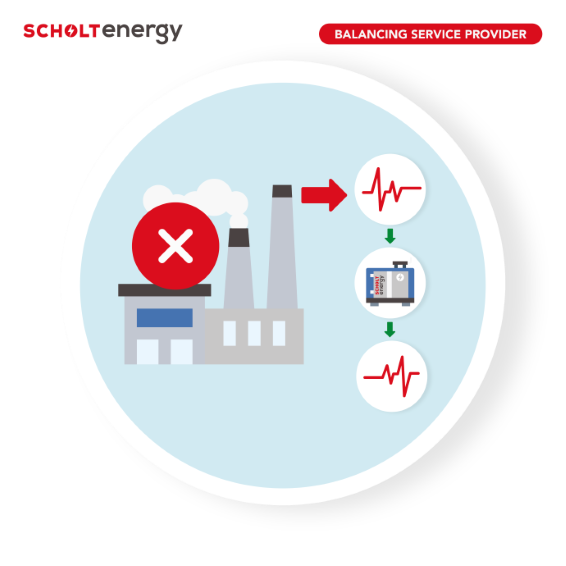
CSP – Congestion Service Provider
The energy transition presents not only national balancing challenges, but also regional issues such as grid congestion. More and more often, local grids are overloaded during peak moments because more power is being generated or consumed than the grid can handle.
As a CSP, Scholt Energy connects grid operators with large-scale consumers or producers that have flexible capacity. Working closely with both parties, we control flexible installations — for example, temporarily curtailing solar output in times of oversupply or reducing industrial consumption during peak load.
When a grid operator foresees congestion, we receive a formal adjustment request no later than 8:00 AM the day before. This timing is crucial to include it in our forecast and avoid imbalance. We then ensure that the connected installation reduces consumption or injection at the agreed time.
Participating clients receive a pre-agreed compensation. This prevents grid overload, makes better use of existing infrastructure, and strengthens the resilience of the electricity grid — all without the immediate need for major reinforcements.
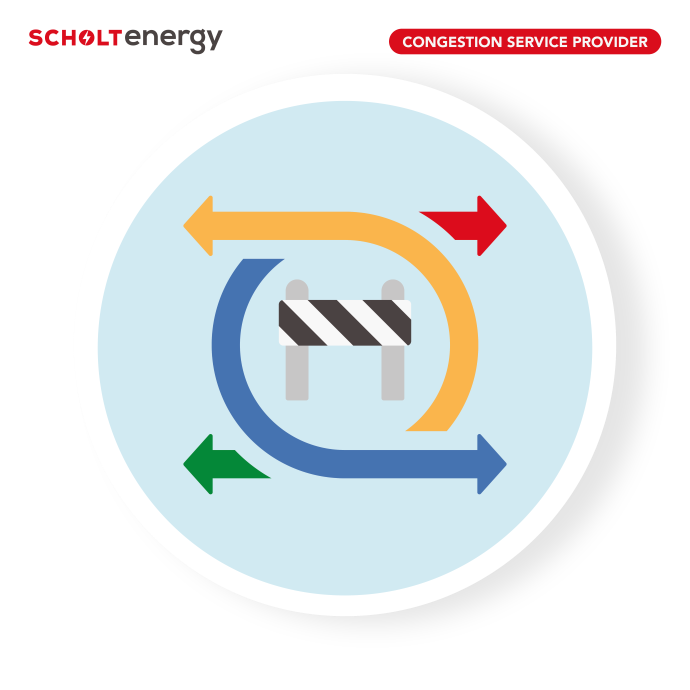
Curious how your company can help stabilize the grid – and get rewarded for it?
Explore our flexibility services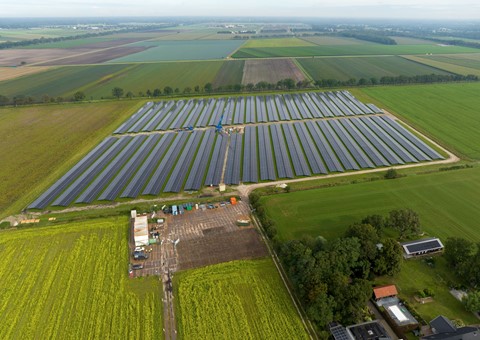
Client Case – Wilbertoord Solar Park
One concrete example of our CSP role is the collaboration with renewable energy producer Statkraft and grid operator Enexis, involving the 6 MW Wilbertoord solar park in North Brabant. Although the park was already operational before congestion issues arose, a Capacity Limitation Contract (CBC) was later established with Enexis.
When congestion is expected, Enexis sends a request to reduce output by the day before. Scholt Energy receives this request, controls the solar park accordingly, and temporarily lowers production. Statkraft makes the park available for this service and receives a fee for its flexibility.
This collaboration shows how flexibility — with smart coordination and clear agreements — can effectively reduce grid congestion. It creates more space on the existing network and safeguards progress in the energy transition without the need for immediate grid upgrades.
👉 Read the full story: Statkraft, Scholt Energy and Enexis sign capacity limitation contract for Wilbertoord Solar Park.
Conclusion
Scholt Energy’s role goes far beyond energy supply. As a BRP, BSP and CSP, we bridge the gap between energy markets, renewable producers, large consumers and grid operators. We help ensure that sustainably generated energy is used optimally — without throwing the grid off balance or overloading it. In this way, we actively contribute to a more stable and sustainable electricity grid.
Want to know how your company can benefit from flexibility?
Speak to our specialists. They would be happy to explain how flexibility works and what options meet your needs as a buyer or producer. There’s no obligation.
